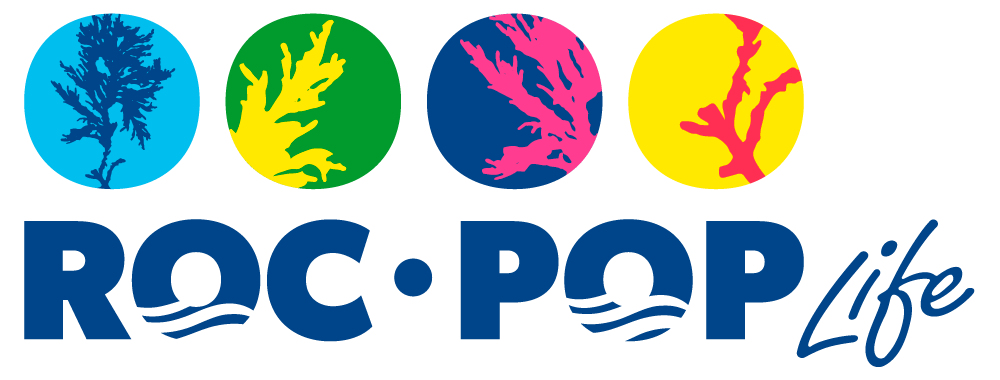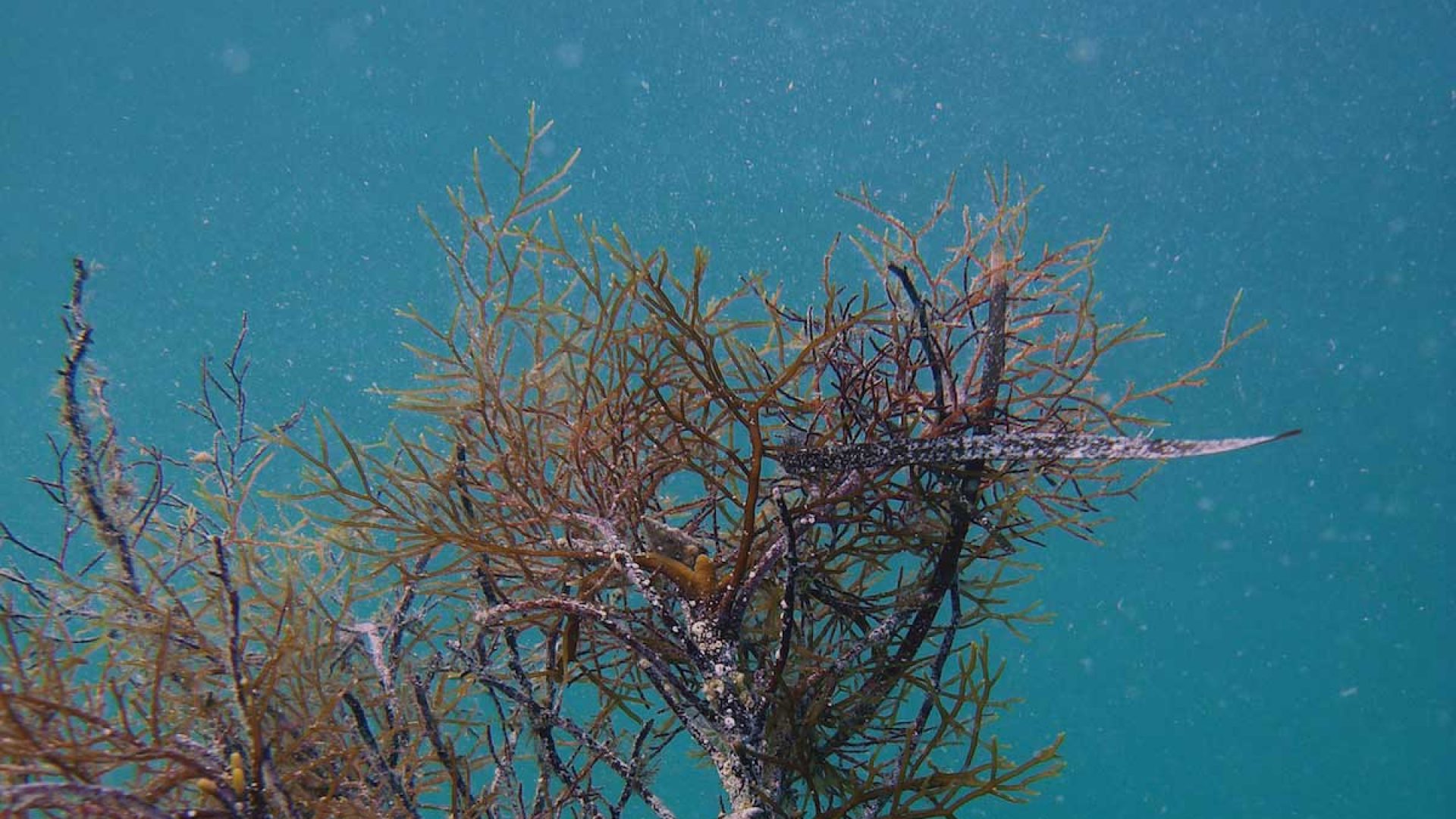Description
The Action A2 starts the restoration process with two main objectives:
- to evaluate the environmental conditions of both the donor and receiving sites in order to assess the compatibility of donor and receiving sites for the following actions;
- to identify in the donor sites the Cystoseira populations from which to collect fertile receptacles in the C1 Action.
1) Receiving sites environmental assessment: the environmental conditions of each target site will be analysed and compared with information on Cystoseira habitat requirements, to favour its growth and reproduction. Thus, for C. barbata and C. crinita the environmental assessment will be conducted at Miramare and for C. amantacea var. stricta at Cinque Terre. The receiving sites shall have ecological characteristics compatible with the donor ones, otherwise the adaptation and survival of the species can be compromised. However, in the case of cultured new recruits (conversely to what can occur with direct transplantation of adult plants) this requirement is less critical, because the specimens, coming from a controlled environment, can be more easily adapted to the natural environment due to control and manipulation of the water conditions within the incubation chambers and mesocosms.
At present the results of the quarterly water quality monitoring in the target areas provide high scores, as requested by the D. lgs. 152/2006.
2) Donor sites habitat assessment: the choice of donor sites is the result of a careful analysis of the characteristic of the two MPAs. Both the MPAs, Portofino and Strunjan, comply in fact with some crucial needs:
- they are the closest MPAs to Cinque Terre and Miramare respectively, hosting healthy populations of the 3 target Cystoseira species, such as to allow the collection of fertile materials (portions of the terminal fertile branches).
- the geographical proximity of donor and receiving sites (Portofino/Cinque Terre and Strunjan/Miramare respectively) guarantees that the Cystoseira populations in the donor sites are living under environmental conditions very similar to those of the recipient site (i.e. water temperature affected by similar seasonal variations, same latitude, salinity, nutrients). Thus, juveniles deriving from fertile material of the donor sites will not face large changes in the environment/climate that can affect their development and biological cycle. Nevertheless, it is worth to mention the great plasticity and relative adaptability of macroalgae to reasonable environmental changes. Furthermore, the assessed environmental characteristics in the donor sites will also be used to set the cultivation conditions into the controlled mesocosms to assure the greatest survival of spores and the zygotes development.
Action details
Action:
A.1
Timing:
4 months
Status:
Completed

